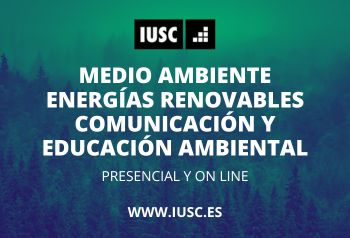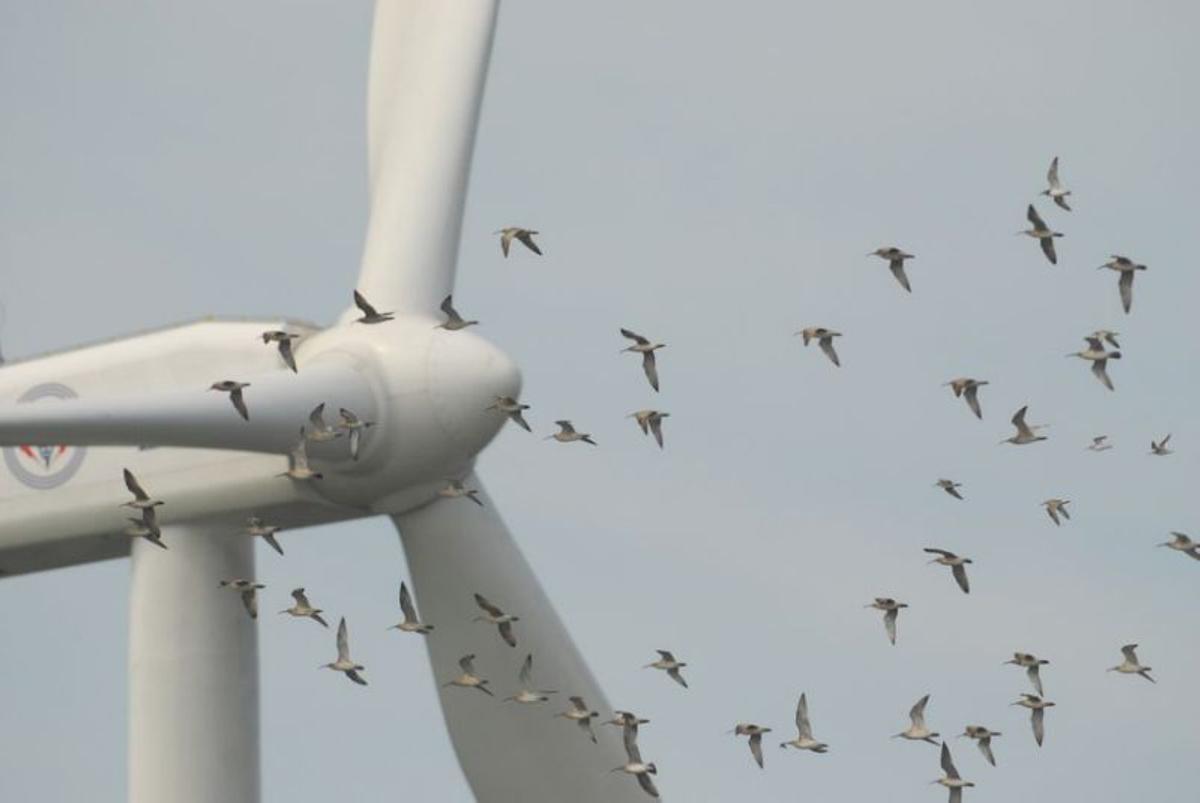The offshore wind must respect ave al biodiversity: The report conducted by SEO/BirdLife shows that Most government-designated areas for offshore wind energy development are in areas that may be incompatible with seabird conservation..
The marine delimitations in the North Atlantic Ocean and the Canary Islands are the demarcations that pose the greatest risk to seabirds and the delimitations in the Mediterranean Sea to globally threatened species.
The report recommends an urgent revision of zoning regulations to meet offshore renewable energy targets.
Following the approval in February 2023 of the Maritime Space Management Plans (POEM)included Zones with High Renewable Energy Potential (ZAPER)the countdown began to address that legislation considering the auction criteria for the development offshore wind in our country, thus meeting the 2030 target of 1 to 3GW installed.
Before this happens (which is expected to be imminent), the NGO has deemed it urgent evaluate the risk posed by the development of wind energy infrastructure in the ZAPERin connection with the seabird conservation.


Detail:
- 90 percent of areas planned for offshore wind energy development pose a high or very high risk to birds.
- The marine delimitations of the North Atlantic Ocean and the Canary Islands are the delimitations that pose the greatest risk to seabirds (all ZAPER delimitations are considered high or very high risk) and the Levantine-Balearic Islands and the Strait and Alboran delimitations are the demarcations that pose the greatest risk to the two species of globally threatened seabirds (Balearic shearwater and Mediterranean shearwater).
- The results should be interpreted as a minimal vulnerability to biodiversity, as the study only considered seabirds and it is likely that the actual risk would be greater after expanding the data from other faunal groups or marine habitats, or from birds, migratory birds on land that often occur. Spanish waters.
For all this, the ZAPER selection process has been inadequatebecause data on seabird vulnerability, distribution or abundance were not taken into account.
“The fact that only the protected spaces and the lists of relevant spaces were taken into account when identifying the protected spaces ZAPER – points Juan Carlos Atienza, responsible for environmental management of the NGO– has led to their being largely demarcated into areas unsuitable for offshore wind development, which contradicts the planning objectives of the POEM that seek harmonization between environmental protection and the development of offshore renewable energy.”
The 19 ZAPER have been assigned a risk value based on their potential impact on seabirdscalculated from three components: seabird vulnerability map compared to offshore wind established for this analysis (70%), environmental criteria as presence of protected areas, crucial areas for bird conservation –ZEPAIBA- among others (20%) and biodiversity and priority criteriabased on their own POEM (10%).
According to the results of the report, the ZAPER They can be classified according to their vulnerability as follows based on the highest value of the 3 main components analyzed:
Las ZAPER They are divided into risk categories: very high risk: scores between 0.75 and 1; high risk: scores between 0.50 and 0.74, medium risk: scores between 0.30 and 0.49 and low risk: scores below 0.30.
Before progressing in the development of renewable infrastructure in these areas, it is recommended that:
- The Administration assesses and amends the zoning plan ex officio before rights are acquired by third parties, in order to avoid legal and environmental conflicts.
- Applying the precautionary principle, avoid the development of wind in areas classified as high risk, as well as in critical areas for globally endangered species such as the Balearic shearwater and the Mediterranean shearwater.
- A detailed analysis by species is carried out, including the identification of critical areas for feeding, migration and reproduction.
- Energy planning policies adopt synergistic solutions that simultaneously address the challenges of climate change and biodiversity conservation.
New legislative challenges for the deployment of offshore wind projects
In addition to the Royal Decree on the auctions for the deployment of offshore wind projects A public consultation process was recently launched this autumn on the granting of aid to ports for the construction and construction of infrastructure related to the offshore wind.
The NGO is preparing accusations in this regard, as it considers it essential to know in advance where these projects will be developed to prevent misuse of public and community funds.
Responsible renewable energy sources
Since 1993, when the first large wind power plant in Spain, In the middle of the migration corridor in Tarifa, we studied and exposed the environmental impacts of unresponsible renewable energy sources.
The use of renewable energy sources cannot turn our backs on the preservation of biodiversity; should go hand in hand, and projects aimed at exploiting these energies should be located in those areas that are a priori considered less harmful, and subject themselves to the mandatory environmental assessment process (must ensure Rigorous impact studies on birdshabitats and species, to name a few #RenewableEnergyResponsible).
Since this is not always carried out in this way, the NGO has, among other things, actively advocated in the public information procedures on the projects proposed in spaces of high ecological value. If necessary, and your allegations are not addressed, this can be done as a last resort the organization will go to court to defend nature conservation.

